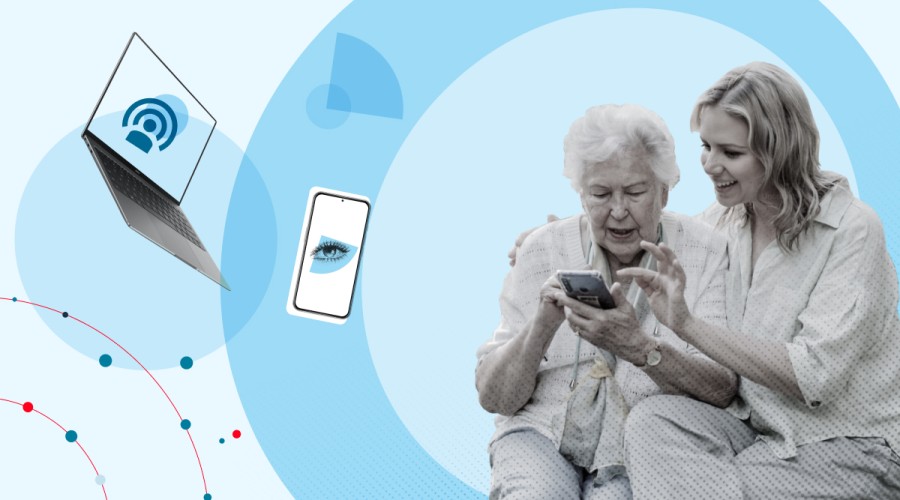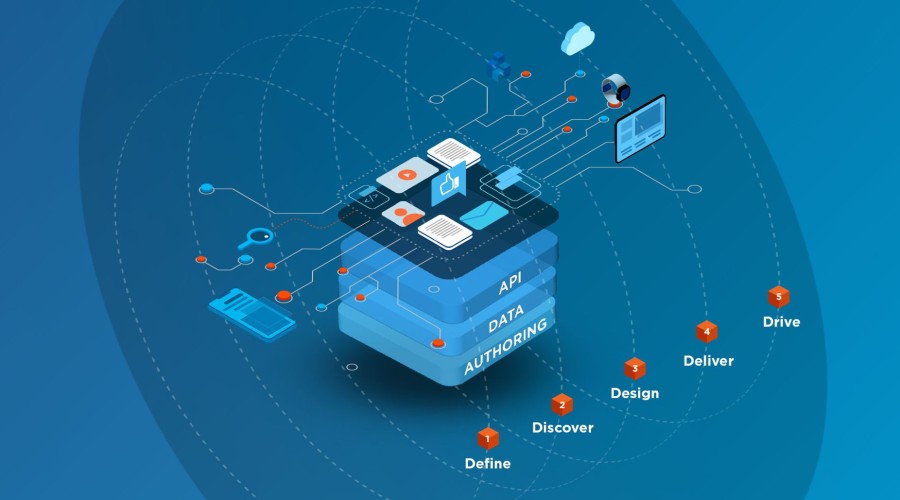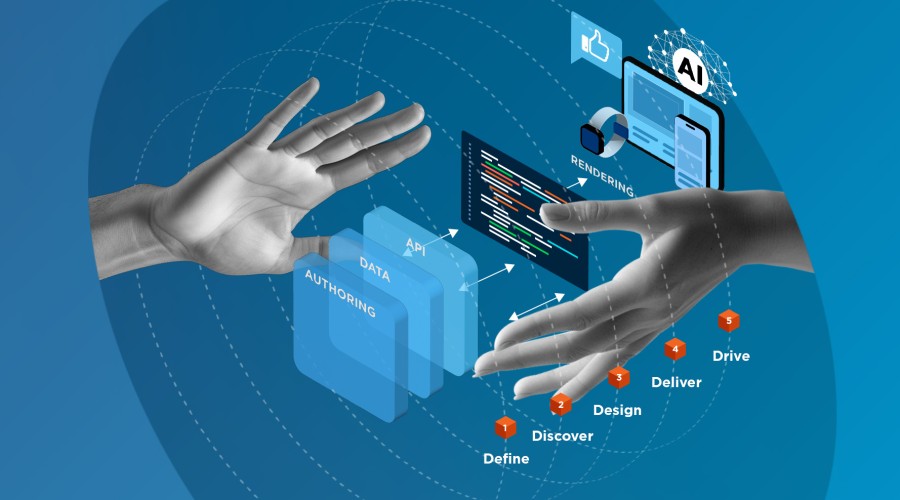Zoom etiquette, zoom fatigue, even ‘zoomed out’… there’s so many phrases for this now that it’s definitely become a thing. But normal creative business – design workshops, ideation sessions, design sprints – can’t stop. How can we engage participants from home?
How I feel pinging from one Zoom meeting to the next…
Once, you may have relied on packs of Post-Its, whiteboard doodles and multicoloured Sharpies. Cracking open the trusty biscuit tin was always a failsafe. But as someone who leads a remote-first agency, I know first-hand that creativity and collaboration can’t and doesn’t just happen in person.
Online workshops are not worse – they’re just different. So, design different exercises to get those creative juices flowing. The first thing you need to remember is not everyone in the business will be aligned with its goals and will have time to prepare beforehand.
Start your preparation by familiarising yourself with the attendees and what their motivations are around the workshop and or the wider programme or project.
Then, here’s the activities we run to get your ducks in a line and prevent people from becoming distracted (or getting their phones out!).
And an inspirational speech wouldn't go amiss...
Introduce yourselves
Start simple. First, create a space for everyone to contribute and get them on the same page. Conduct a round of introductions, sharing your roles at the company and on the project itself, especially if you’re working with clients.
At Cyber-Duck, we assign a Facilitator, the person leading the activities and moderating the participants. They also ensure the right energy is maintained throughout.
Brief everyone and set expectations so nobody can fade into the background.
We also assign an Observer, a person who will keep track of timings, and is responsible for recording and capturing the outputs of the workshop. We’ll introduce them at the start of the session, so everyone’s clear.
From the participant side, we recommend a good mix of Product Owners, Marketing, Operations, Technology, Research/Sales/Front-line staff. Ensuring you have stakeholders from different functions will boost buy-in and insights across the board.
Visualise your goals
Next, build the foundations for the project. Get participants to think about why they’re here and the difference they could make through this project through goal visualisation.
There’s plenty of ways to do this, from creating bulleted lists of keywords to sketching. This explores people’s perspectives on what the project should achieve for the business.
Ultimately, it should get people excited about the project and therefore your workshop. This sense of purpose will keep energy high!
Air those stinky fish
Isn’t this the best name ever for an exercise? Here, participants share their perceived risks about going ahead with the project… the metaphorical idea is that, if they’re not aired now, these things could fester and stink.
It can be uncomfortable for participants to share fears and anxieties. But this exercise creates an invaluable atmosphere: trust. Together, participants can address these risks and ideate a new project.
By understanding their own anxieties, it promotes empathy for users as well. Our CPO, Matt even has another exercise on how to do just that.
Draw crazy eights
What’s the best way to get everyone sketching, even if they protest that they’re ‘not a designer’? Adding a time constraint. In a crazy eight minutes (see what we did there?), divide up a piece of paper into eight segments and draw each idea for one minute only.
Get your energy up and sketch eight things in eight minutes!
The timer eliminates self-editing and shyness about sketching. By focusing on quantity, not quality, of ideas you can create a divergent set of recommendations for your project.
Pitch your ideas
Each participant presents back their top three ideas to the group through holding up their sketches to the camera – so be sure to use a bold pen like a Sharpie.
Participants can then vote on the best elements (using show of hands voting if you’re on Zoom) or converge solutions together or in pairs in Zoom breakout rooms.
But how do you use these exercises?
Now you have all your ducks in a line… it’s time to tool-up. That’s where our latest UX webinar comes in – the Remote Design Sprints Masterclass. Join us on the 3rd of September at 4pm to hear how you can put these exercises to use.
- Implement design sprints
- Prepare for remote workshops
- Choose the right technology
- Conduct data analysis for your workshop
- Manage teams remotely
Sign up today to join experts from Cyber-Duck and world-leading collaborative tools such as ClickUp and Dovetail.
Can’t make it? Sign up anyway and we’ll send you a recording. Then, you’ll have the complete suite you need to collaborate creatively, in this difficult climate.




